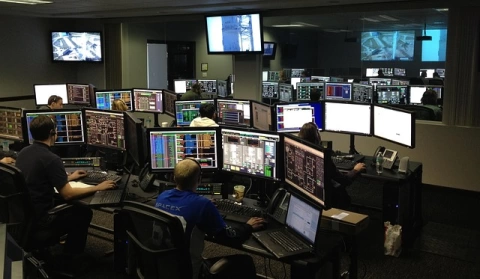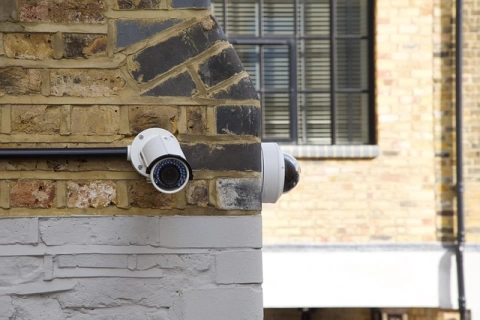Spoofing in Face Recognition and Detection
A common difficulty with face recognition systems is "spoofing" or "presentation attacks," in which an attacker uses a fake picture or video of an authorized person to gain access.
There are numerous approaches to solving this issue:
Liveness Detection: This technique uses additional mobile device sensors to assess whether or not a user is actually present. Here's one possibility. This may entail techniques like motion detection, 3D depth mapping, and heart rate variability. By requesting the user to do a certain action, such as blinking or turning their head, the software may be more confident that the user is genuine.
Another choice is to utilise multi-factor authentication, which only uses face recognition as one of the authentication factors. You could, for example, employ a fingerprint scanner or ask the user for a password in addition to facial recognition. As a result, it will be harder for an attacker to fabricate several authentication-related components.
Dataset Augmentation: Another choice is to employ dataset augmentation techniques while the deep learning model is being trained. The training dataset must include synthetic images of various spoofing attack types in order for the model to discriminate between different types of assaults during testing. To enable the model to spot spoofing attacks as they occur, you may set up a system that is always learning. To do this, strategies like online learning or active learning might be applied.
Overall, a combination of these techniques will likely be most effective in lowering the spoofing problem in your face recognition mobile app.















Send Query